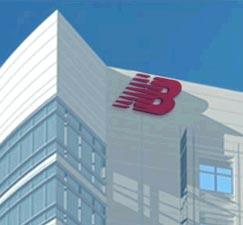Program Management with Scrum

Program Management with Scrum Training
13-14 October 2005 CLOSED
New Balance Corporate Headquarters
A good place to get Agile is at one of the leading athletic companies in the United States and in response to email with questions about this unique Advanced ScrumMaster course, I am posting the details here.
The agenda will be:
- Type A, B, C Scrum concepts - see Agile 2005 paper on the Future of Scrum
- Type A Scrum must work well first - review impediments seen in the field
- Transitioning to Type B Scrum
- - implementing Toyota concept of continuous flow
- - upgrading product specification delivery
- - automation of Scrum reporting
- - example of monitoring a Type B Scrum through automated reporting
- - cultural change required to make entire company Agile
- - setting up guiding coalition of senior stakeholders for change
- - establishing a MetaScrum
- - making every Sprint a Release
- - overlapping Sprints running through same set of teams
The book, Agile Project Management with Scrum, by Ken Schwaber is required reading for the course, as well as Agile Development with Scrum, by Ken Schwaber and Mike Beedle.
Doubletree Guest Suites Boston, 400 Soldiers Field Road, Boston, Massachusetts, United States 02134-1893. Tel: +1-617-783-0090 Fax: +1-617-783-0897
The fee for Advanced ScrumMaster Training is $1000. You can register in three ways:
1. Fax a Purchase Order to PatientKeeper at 617-812-8527
2. Send a check to Jeff Sutherland, PatientKeeper, Inc., 20 Guest Street, Suite 500, Brighton, MA 02135
3. Use the Advanced ScrumMaster Training button on the upper left side of this page. This will allow you to use Paypal, or click if you do not have a Paypal account and it will provide you with a credit card screen that will accept any credit card.
Thank you for your interest and I hope to meet you at the course.
 Scrum is an Agile development framework that Jeff Sutherland invented at Easel Corporation in 1993. Jeff worked with Ken Schwaber to formalize Scrum at
Scrum is an Agile development framework that Jeff Sutherland invented at Easel Corporation in 1993. Jeff worked with Ken Schwaber to formalize Scrum at 

